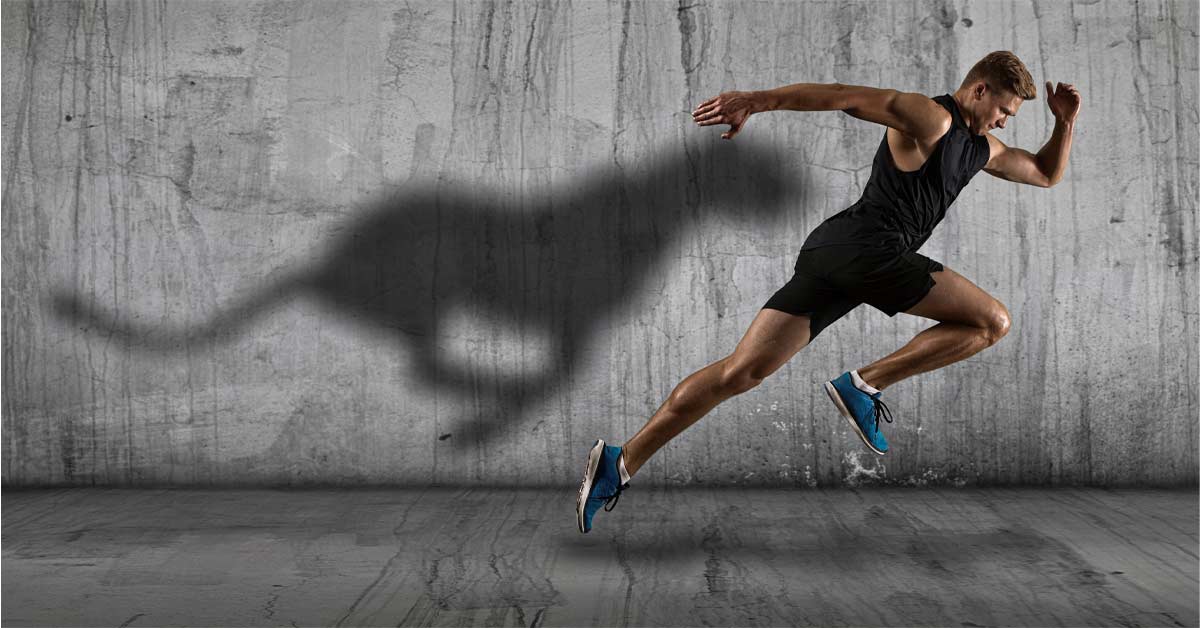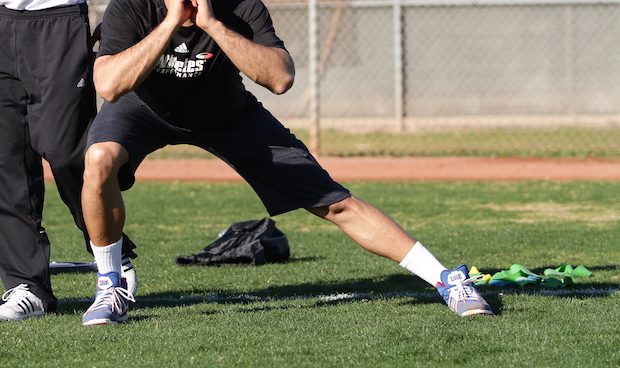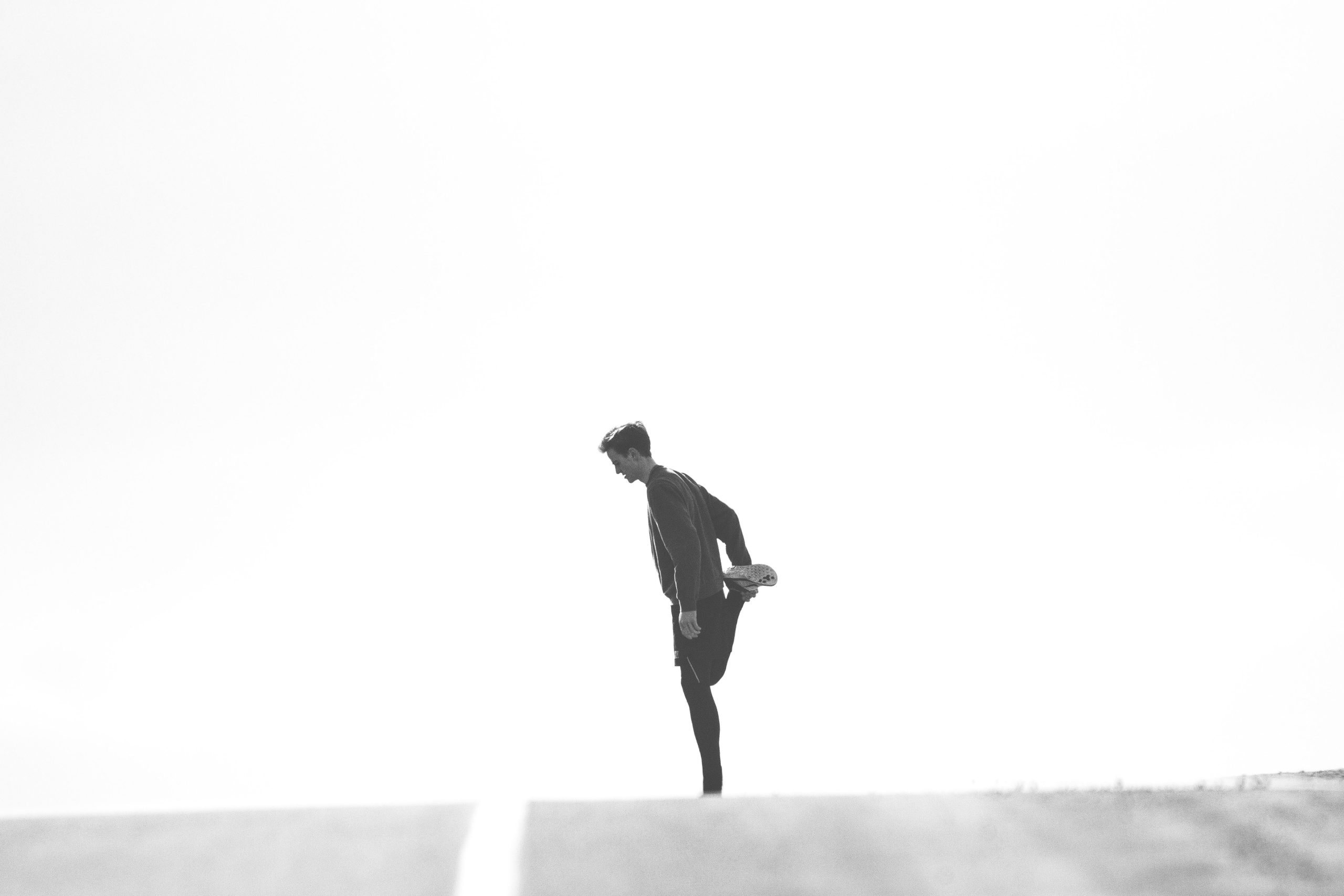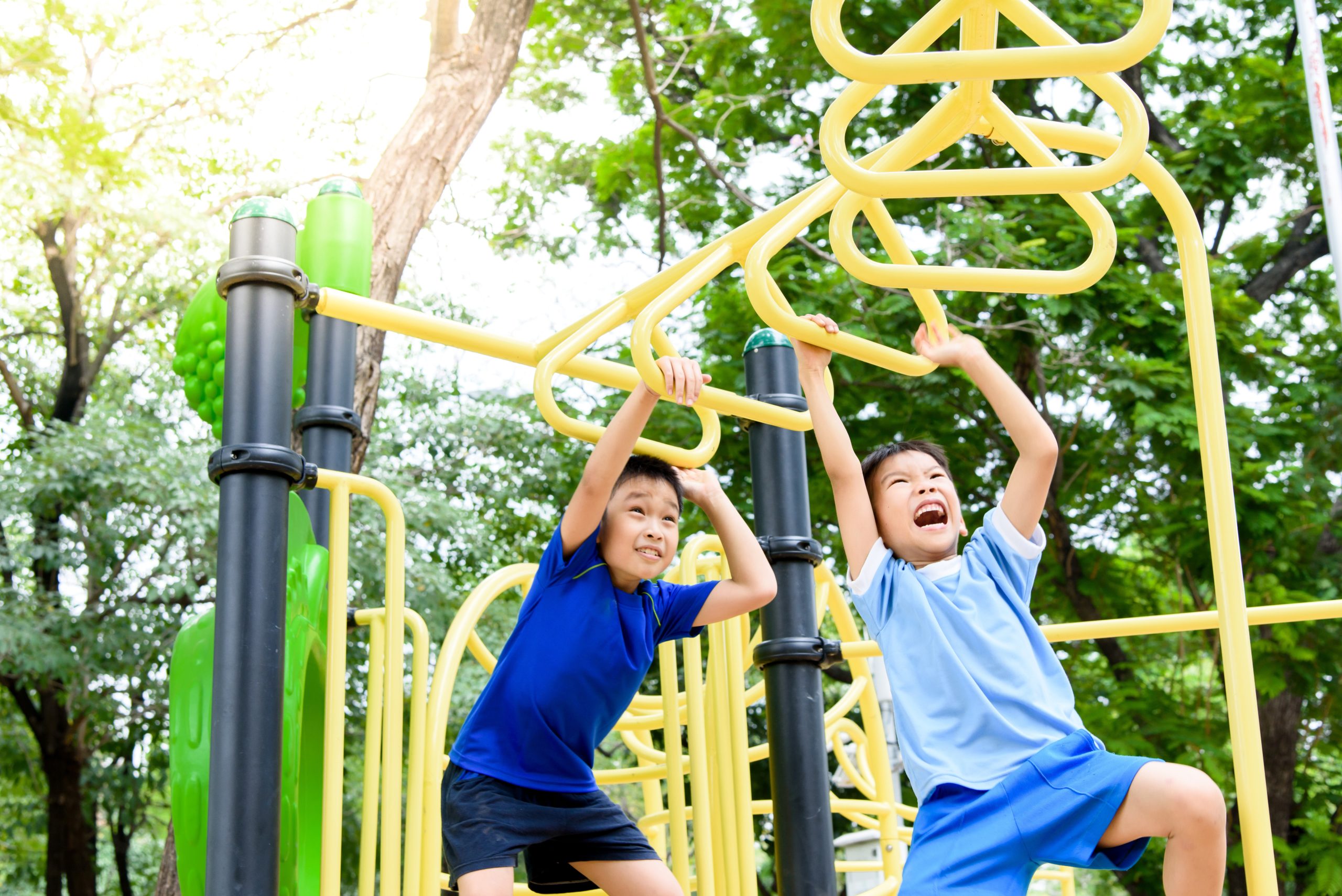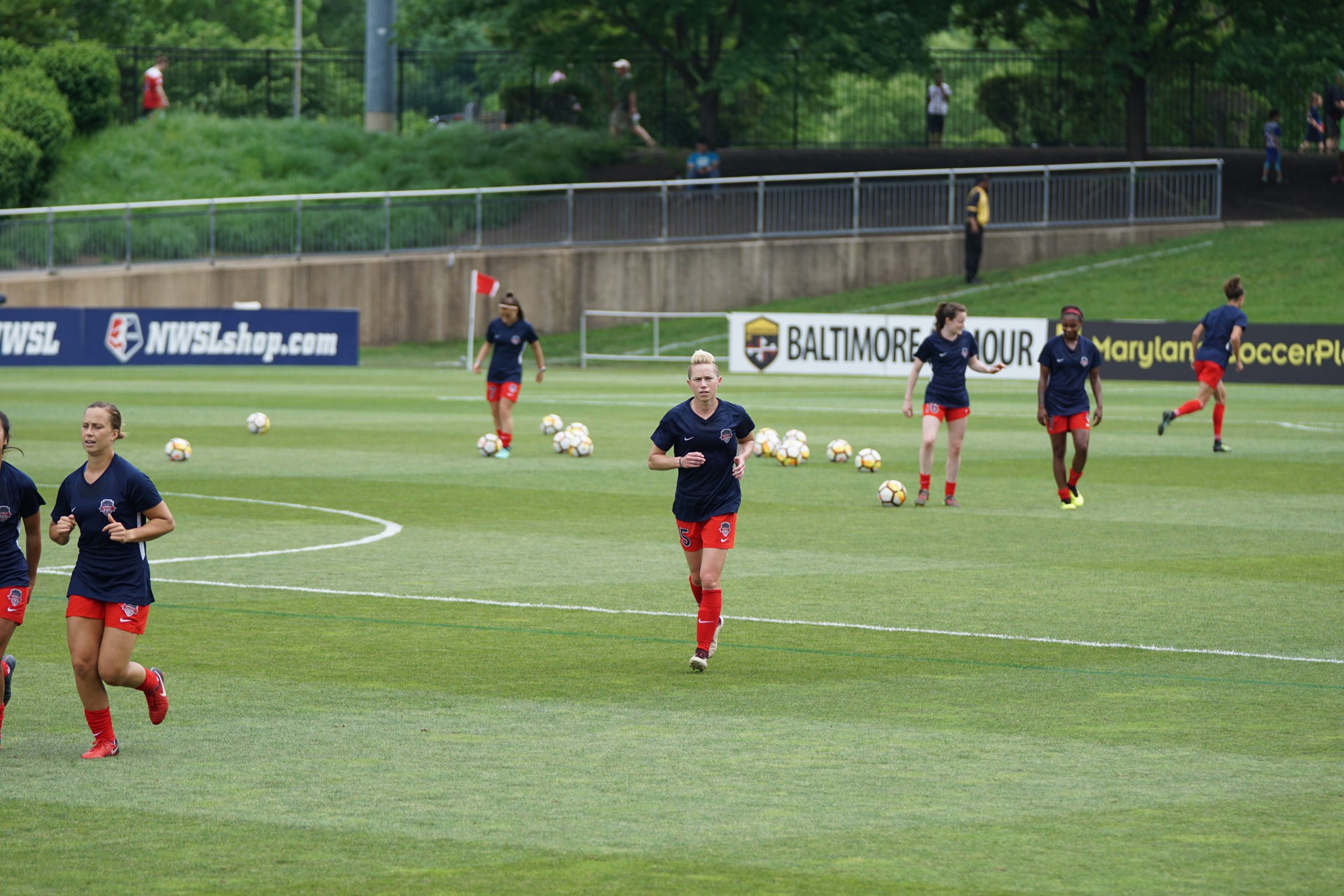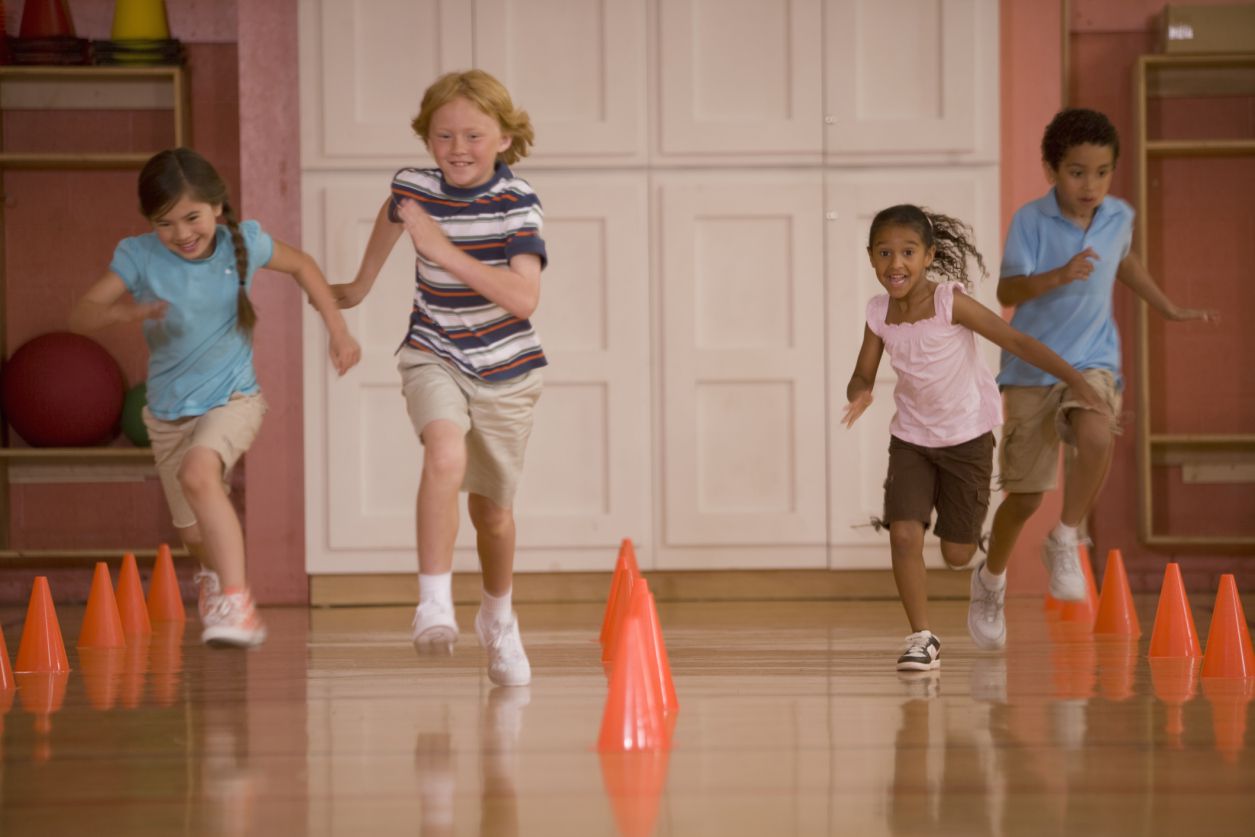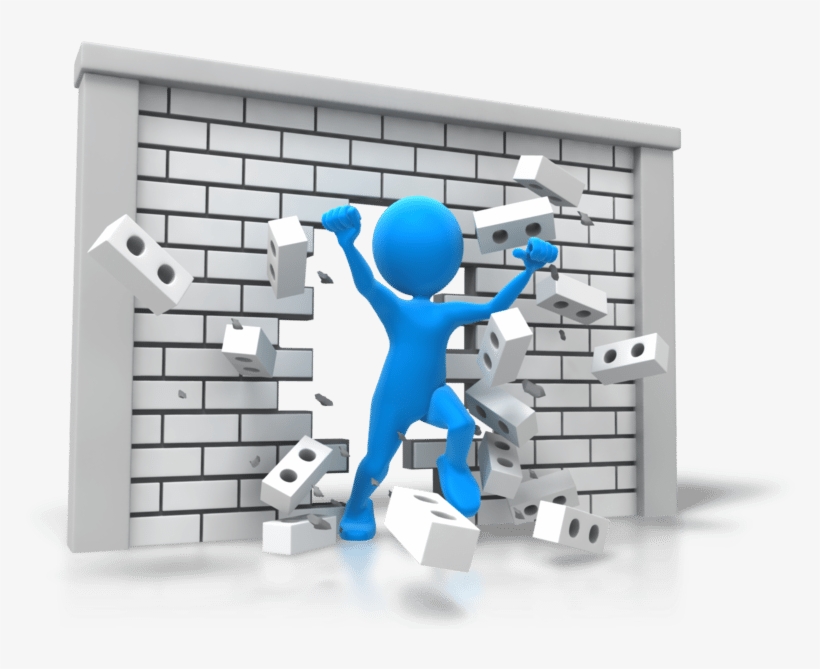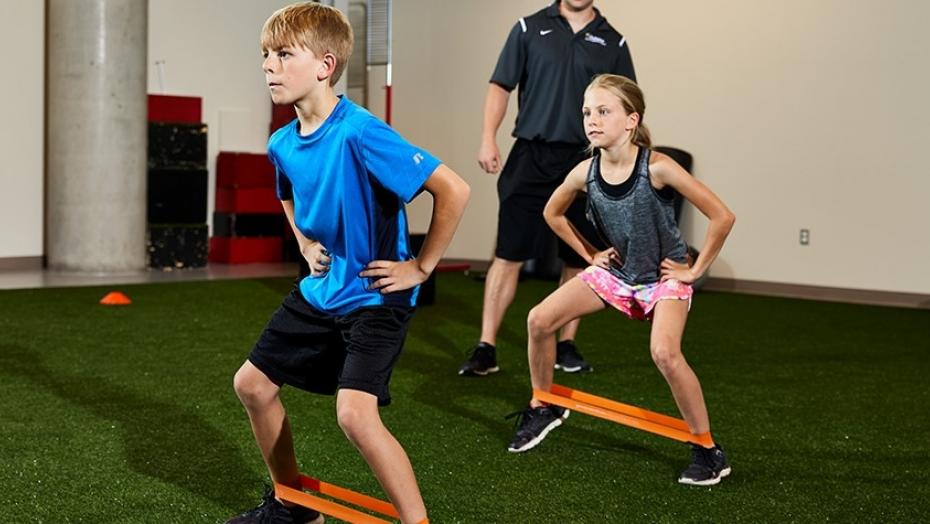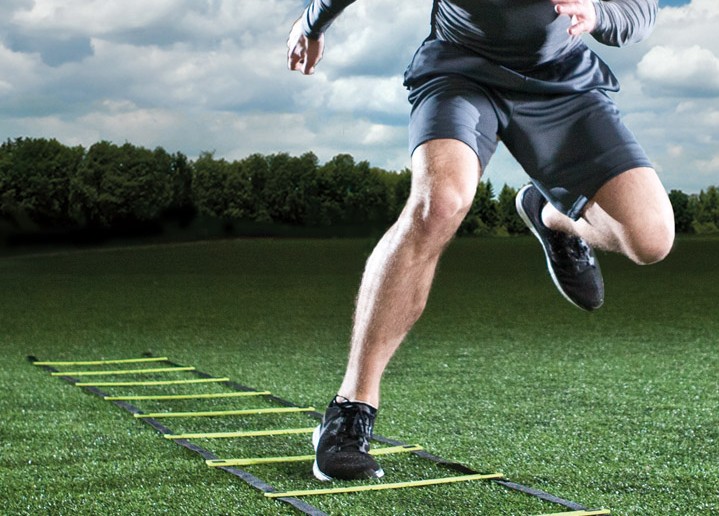The Equation for Improving Sprint Speed
Many athletes enter the gym with the goal of getting faster. As strength and conditioning coaches, how can we make sure that happens? There are two variables that we can manipulate to help an athlete get faster. Speed is a simple function of the distance an individual covers with each step (stride length) and how quickly those steps happen (stride frequency) (1). If you improve either variable, your speed will increase. Stride length is often increased through developing power through the legs. Power development is a common theme in strength and
Adductor Strengthening For Athletic Performance
Adductor training is frequently neglected or undervalued when designing programs for athletes. Stretching these muscles is important to maintain flexibility and decrease risk of injury, but there should also be an emphasis on the strength component. Strength programs tend to focus on outer hip strengthening, or the hip abductors, with minimal attention to the inner thigh. Placing more attention to this area can reduce the risk of groin injuries while protecting the knee from injury. In order to understand the importance of the adductors in relation to sports performance, we
Managing Training Volume and Sleep
From montages, highlight reels, and commercials of professional athletes, all we’re ever exposed to is how we all have to grind all day to get where we want to be. If we’re not drenched in sweat and nearly passed out on the floor, we didn’t do enough. Although this is a cool and intense idea to think we need to go 100 mph every day, it’s not the truth in how elite performers train and not the ideal way to train with suffering injuries. Truthfully, top athletes are doing intense
Spend Less Time on Your Sport, and More on Being an Athlete
Being in the private sector of the strength and conditioning field, we have the privilege of talking to many different coaches and the parents of many young athletes. In doing so, I’ve started to notice a promising trend from talking to them; they feel like their kids are doing too much of the same. In recent years we’ve seen the money making machine of AAU sports and sport-specific coaching take off, and at this point it’s become borderline ridiculous. Why does any 10-year-old need to be throwing a baseball in December
Goal Setting and Testing for Conditioning
Whether an athlete enjoys working on it or not, conditioning needs to be a top priority for nearly all athletes. It’s impossible to compete at the highest level that an athlete can without being highly conditioned. In order to reach that high level, athletes need to set goals and have proper program to help them achieve them. Setting Goals Goals need to be specific to each sport. A 400m runner should have a different goal compared to a basketball or soccer player. The runner may have a goal of running a sub
Engaging Youth Athletes with Games!
As we’ve written about before, getting young athletes involved in strength and conditioning has numerous benefits. That being said, one of the more difficult aspects of training young athletes is keeping them interested and excited to come to the gym to train. The best way to keep a young athlete coming back to the gym is to make it feel like play, while also improving their sport performance. Here are 5 drills to try with youth athletes to get them faster and stronger, while feeling like recess! Paloff ABCs Any paloff press
4 Key Strength and Conditioning Components for Soccer Players
You can play it anywhere with no equipment except for some sort of ball. Whether it’s soccer, futbol, or football, the game is incredible. I know my life, as well as millions of others, has been shaped by it. From playing in college to playing in the street with friends, soccer can be an extremely physically demanding game. From the repeated sprints, to long runs back to goal, or hard 50-50 challenges for 90+ minutes, top players need to be physically capable. With that in mind, here are 4 key
Get Stronger by Pushing Through the Wall
If you’ve tuned into any of the Olympic Trials recently, you have surely seen some of the incredible performances that athletes have left on the competitive stage. While these athletes have undergone thousands of hours of physical training, these phenomenal performances go deeper than just physical training. Athletes, like Sydney McLaughlin, the most recent 400m hurdles world record holder, are not impressing the world by staying within their comfort zones. When practicing to push their bodies to their limits, athletes must also practice pushing their minds to those same limits. The
5 Movements Youth Athletes Need to Train
According to Stanford Children’s Health Organization, about thirty million children and teens participate in some form of organized sports, and more than 3.5 million injuries occur each year. Perhaps this is due to the fact that many of these athletes are going through their “peak height velocity” period, also known as the growth spurt. Growth spurts usually occur at around age 12 for females and age 14 in males. During this phase, bones weaken, muscle imbalances develop, and muscle-tendon units tighten. All of which are risk factors for injury. Young
My 3 Favorite Exercises for Preventing ACL Injuries
ACL injuries are devastating, and the best remedy for them is to try to prevent them in the first place. In a recent blog post, coach Mike Lefebvre listed 4 things to help prevent ACL tears and laid out a few concepts that we like to train in order to prevent ACL injuries. When we train these concepts, most exercises fit into more than one of the concepts that he mentioned. Below are a few examples of my favorites. Single Leg Landmine RDL Why I like it: The landmine RDL hits just about


